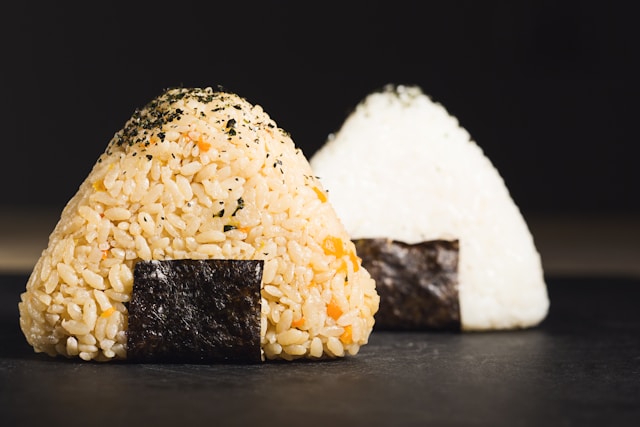Japan’s festivals, known as matsuri, are vibrant windows into its history and culture. From massive parades in Kyoto to quirky local rituals in rural towns, these celebrations attract millions of visitors each year. Whether you’re planning a trip or simply curious about Japanese culture, here’s a guide to the country’s most fascinating festivals.
The Classics: Japan’s Most Famous Festivals
Gion Matsuri (Kyoto)

Dating back to 869, Gion Matsuri is one of Japan’s most iconic festivals. Held throughout July, it features elaborate floats called yamaboko. The highlight is the grand procession on July 17, when Kyoto’s streets fill with traditional music and colorful parades.
- Origin: 869
- Date: Entire month of July
- Location: Kyoto, centered around Yasaka Shrine
- Official website: http://www.gionmatsuri.or.jp/foreign/en/
Jidai Matsuri (Kyoto)
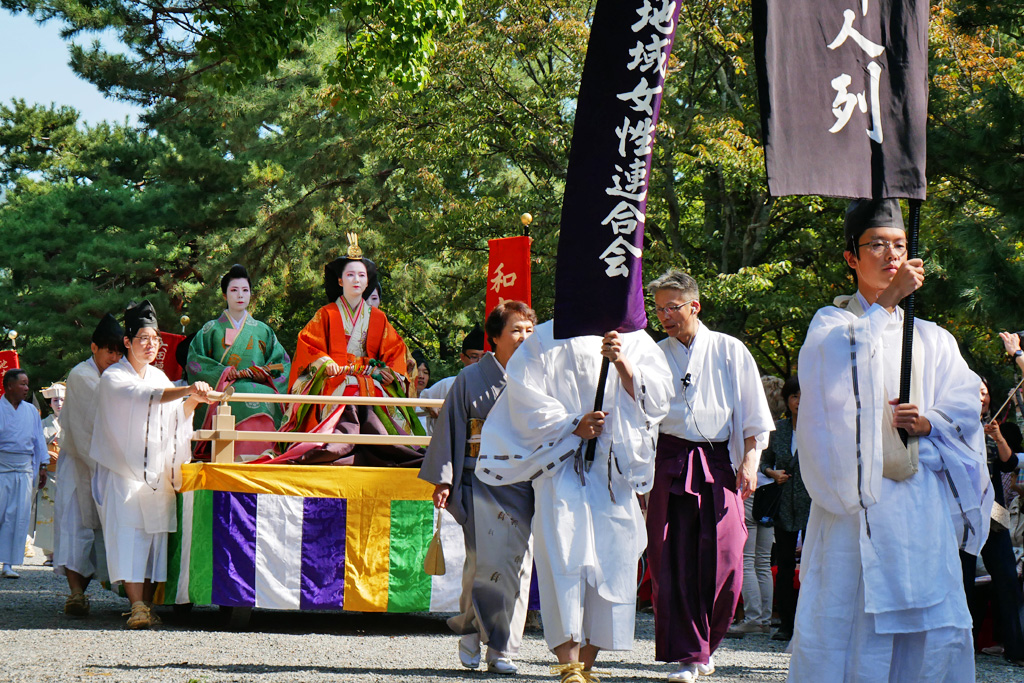
First celebrated in 1895, the “Festival of the Ages” showcases Kyoto’s history. Participants dress in costumes representing different eras, from samurai to nobles, marching from the Imperial Palace to Heian Shrine.
- Origin: 1895
- Date: October 22
- Location: Kyoto
- Official website: https://www.city.kyoto.lg.jp/digitalbook/page/0000000959.html
Nebuta Matsuri (Aomori)
This spectacular summer festival is famous for its giant illuminated floats, known as Nebuta. Dancers and musicians parade alongside these 3D lanterns, attracting more than 2 million visitors every August.
- Origin: Believed to come from Chinese traditions during the Nara period (710 – 784)
- Date: August 2–7
- Location: Aomori City
- Official website: https://www.nebuta.jp/foreign/english.html
Kishiwada Danjiri (Osaka)
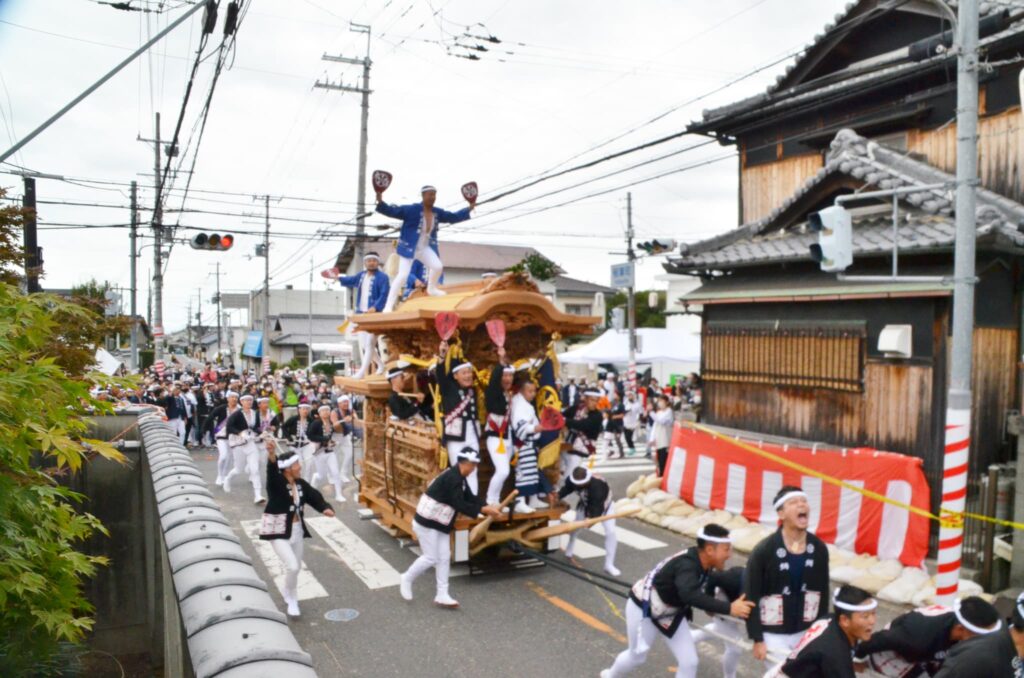
In this adrenaline-filled event, massive wooden floats (danjiri) are pulled and raced through the streets by hundreds of participants. The highlight is the yarimawashi, a dangerous but thrilling high-speed turn at Kishiki Shrine.
- Origin: 1703
- Date: Mid-September
- Location: Kishiwada, Osaka Prefecture
- Official website: https://www.city.kishiwada.lg.jp/site/danjiri/
Hakata Dontaku (Fukuoka)
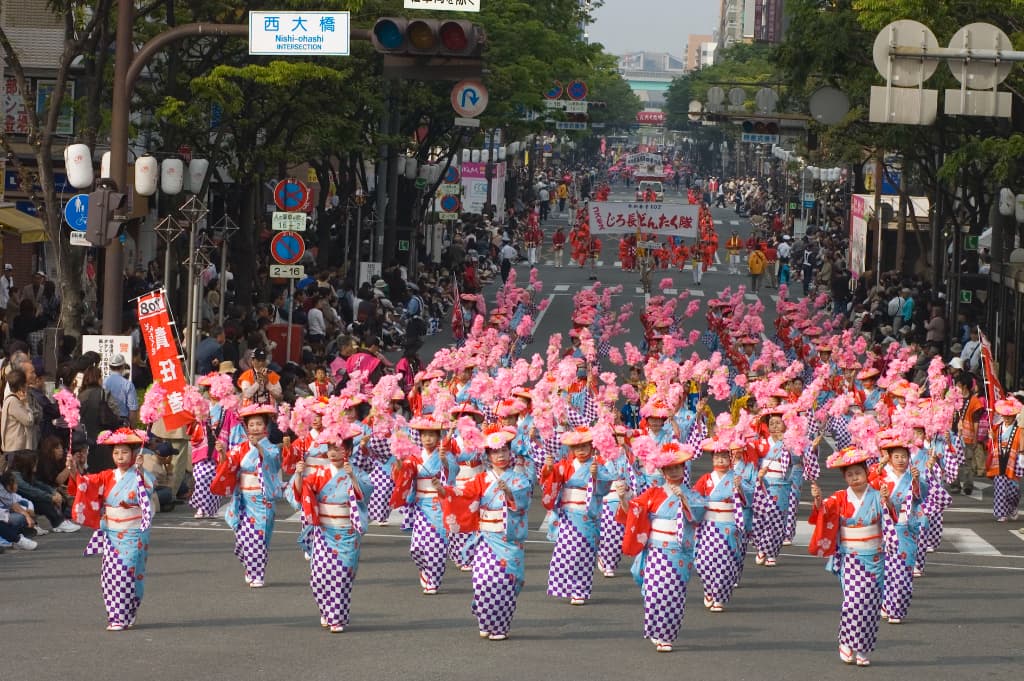
Dating back to 1179, this festival features thousands of dancers, musicians, and performers forming “Dontaku squads.” Companies, schools, and community groups join the vibrant parades, making it one of Japan’s largest Golden Week events.
- Origin: 1179
- Date: May 3 – 4
- Location: Fukuoka City
- Official website: https://www.dontaku.fukunet.or.jp/english/
Karatsu Kunchi (Saga)
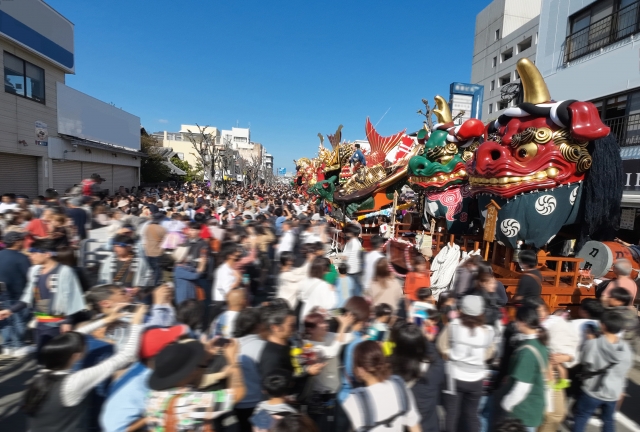
Held in the historic castle town of Karatsu, this festival features giant lacquered floats (hikiyama). Accompanied by flutes and bells, the floats are pulled through the streets to celebrate the shrine’s divine procession.
- Origin: 1600s
- Date: November 2 – 4
- Location: Karatsu City, Saga Prefecture
- Official website: https://www.karatsu-kankou.jp/en/sp/feature/karatsukunchi/
Lantern Festival (Nagasaki)
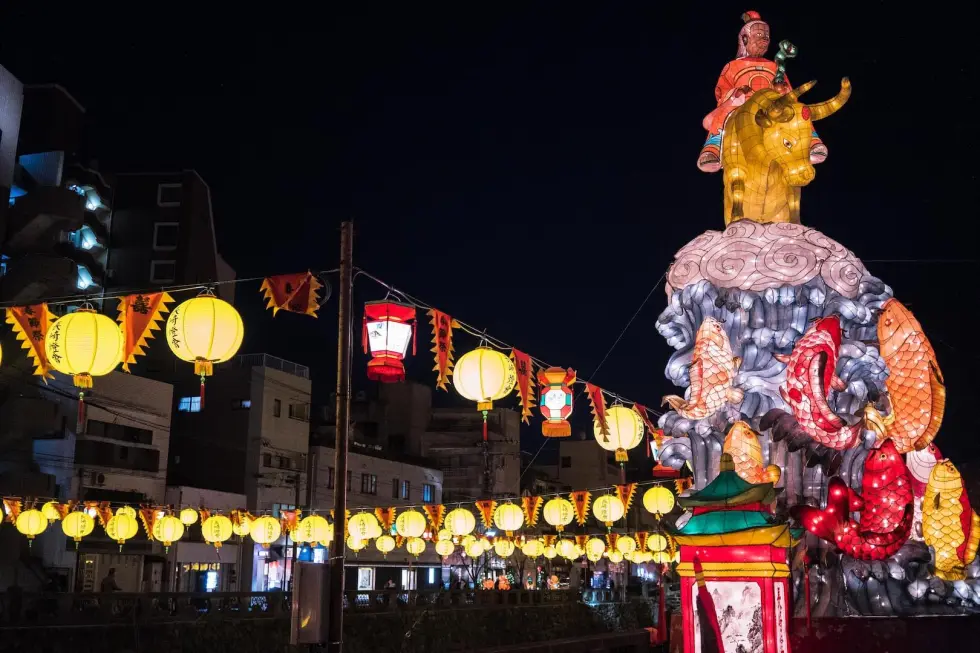
Originating from Chinese New Year celebrations, this festival transforms Nagasaki with more than 15,000 lanterns. The city glows with zodiac figures, dragons, and legendary scenes.
- Origin: Chinese influence, year unknown
- Date: Late January – February
- Location: Nagasaki Chinatown
- Official website: https://en.at-nagasaki.jp/lantern-festival
Sapporo Snow Festival (Hokkaido)
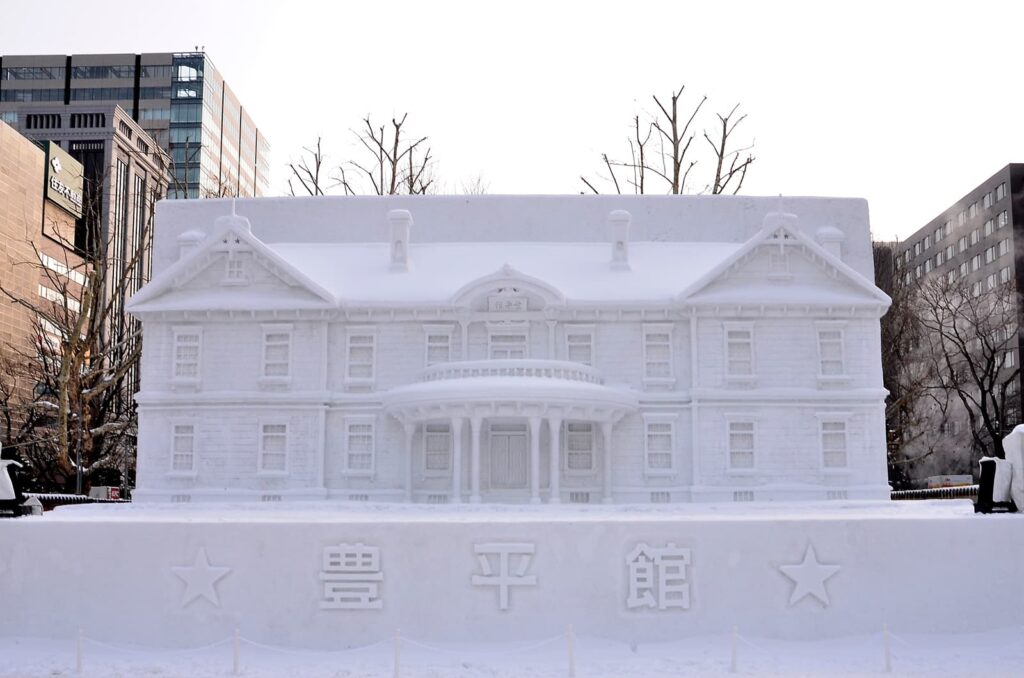
One of the world’s great snow festivals, Sapporo’s event features massive snow and ice sculptures. Some take months to carve and light up spectacularly at night.
- Origin: Unknown
- Date: Early February
- Location: Odori Park and Susukino, Sapporo City, Hokkaido
- Official website: https://www.snowfes.com/?stt_lang=en
The Unusual Festivals
Not all Japanese festivals are grand parades. Some are quirky, even bizarre, but deeply rooted in local traditions.
The Curse Festival / Akutai Matsuri (Ibaraki)
At Kasama Inari Shrine, 13 men dressed as tengu visit shrines while crowds shout insults like “Bakayaro!” (“You fool!”). The tengu stay silent, creating a strange mix of heckling, cheering, and laughter. After offerings are placed, worshippers scramble to grab them for good luck. The highlight is a lively rice cake and candy toss at Atago Shrine, ending with everyone shouting “Bakayaro!” together.
- Origin: Unknown
- Date: January
- Location: Kasama Inari Shrine, Ibaraki Prefecture
- Official website: https://www.ashikaga-kankou.jp/en/event/akutai_matsuri
Onbashira Matsuri (Nagano)
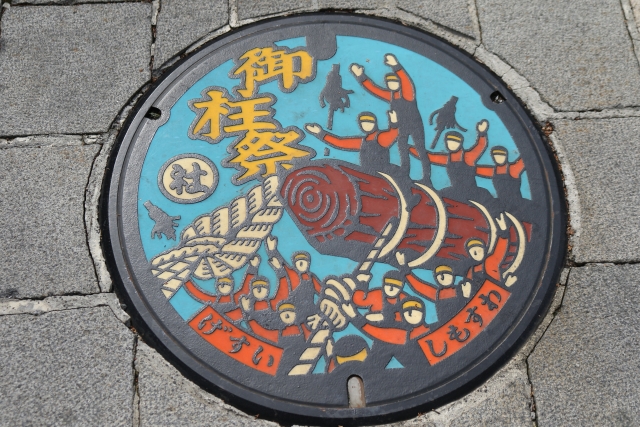
Every seven years, locals transport 10-ton logs from the mountains to Suwa Taisha Shrine. Known for its dangerous log-riding rituals, it’s one of Japan’s most intense cultural events.
- Origin: 1,200+ years ago
- Date: Once every seven years, April
- Location: Suwa Taisha Shrine, Nagano Prefecture
- Official website: https://onbashira.jp/en/
Paantu (Okinawa)
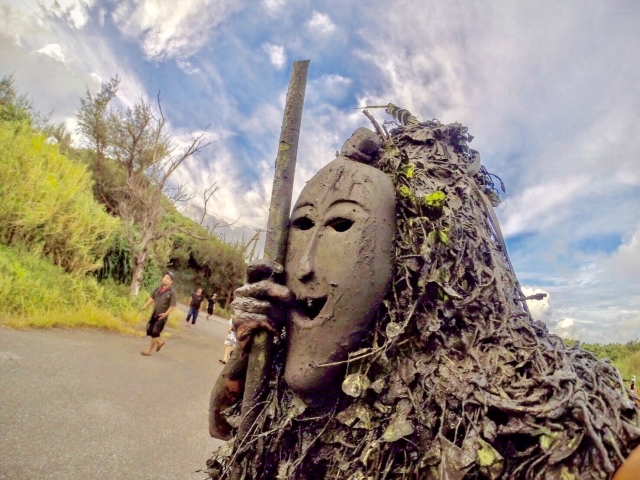
On Miyakojima Island, three figures covered in mud and foliage—known as Paantu—chase locals and tourists, smearing them with mud. Though unsettling, the mud is believed to purify and protect against evil spirits.
- Origin: Unknown
- Date: September
- Location: Miyakojima, Okinawa Prefecture
Christ Matsuri (Aomori)
In Shingo Village, locals honor a legend claiming Christ’s grave lies in Japan. The event combines Shinto rituals, dances, and offerings, creating a rare blend of Japanese and Christian traditions.
- Origin: Unknown
- Date: June
- Location: Shingo Village, Aomori Prefecture
Yokkabui (Kagoshima)
Masked figures roam the streets purifying spectators with bamboo leaves. Mischievous children may be placed in large bags as a symbolic act of discipline, believed to encourage good behavior and ensure blessings.
- Origin: Unknown
- Date: July
- Location: Kagoshima Prefecture
Himeshima Fox Dance (Oita)
On the small island of Himeshima (population ~2,000), the Fox Dance Festival (kitsune odori) draws several times more visitors each autumn. Locals in fox masks perform lively dances, a tradition believed to have evolved from Buddhist nenbutsu odori in the Kamakura period.
- Origin: Kamakura period (~1200)
- Date: August 14 – 16
- Location: Himejima Island, Oita Prefecture
- Official website: https://www.himeshima.jp/kankou/festival/bon-odori/
Kanamara Matsuri (Kanagawa)
Known internationally as the “Penis Festival,” Kanamara Matsuri is held each spring at Kanayama Shrine in Kawasaki. Giant phallus-shaped floats and decorations parade through the streets, celebrating fertility, safe childbirth, and protection from disease. The festival attracts large crowds of locals and tourists alike.
- Origin: Edo period, linked to prayers for fertility and protection
- Date: Early April
- Location: Kanayama Shrine, Kawasaki, Kanagawa Prefecture
Conclusion
Japanese festivals (matsuri) are more than events—they’re living traditions. Some, like Kyoto’s Gion Matsuri, have been celebrated for centuries. Others, like Okinawa’s Paantu or Kawasaki’s Kanamara Matsuri, show the playful and unusual side of local culture.
If you’re visiting Japan, plan your trip around a festival. It’s one of the easiest ways to see how history, religion, and community come together in everyday life. For tips on building your itinerary, check out our guide to planning a trip to Japan.
FAQs About Japanese Festivals
1. When is the best time to see Japanese festivals?
Festivals take place all year, but summer (July–August) and spring (April–May) have many of the largest ones.
2. Do I need tickets to attend a festival?
Most are free, but some parades or seating areas may require tickets. Food stalls and games are usually pay-as-you-go.
